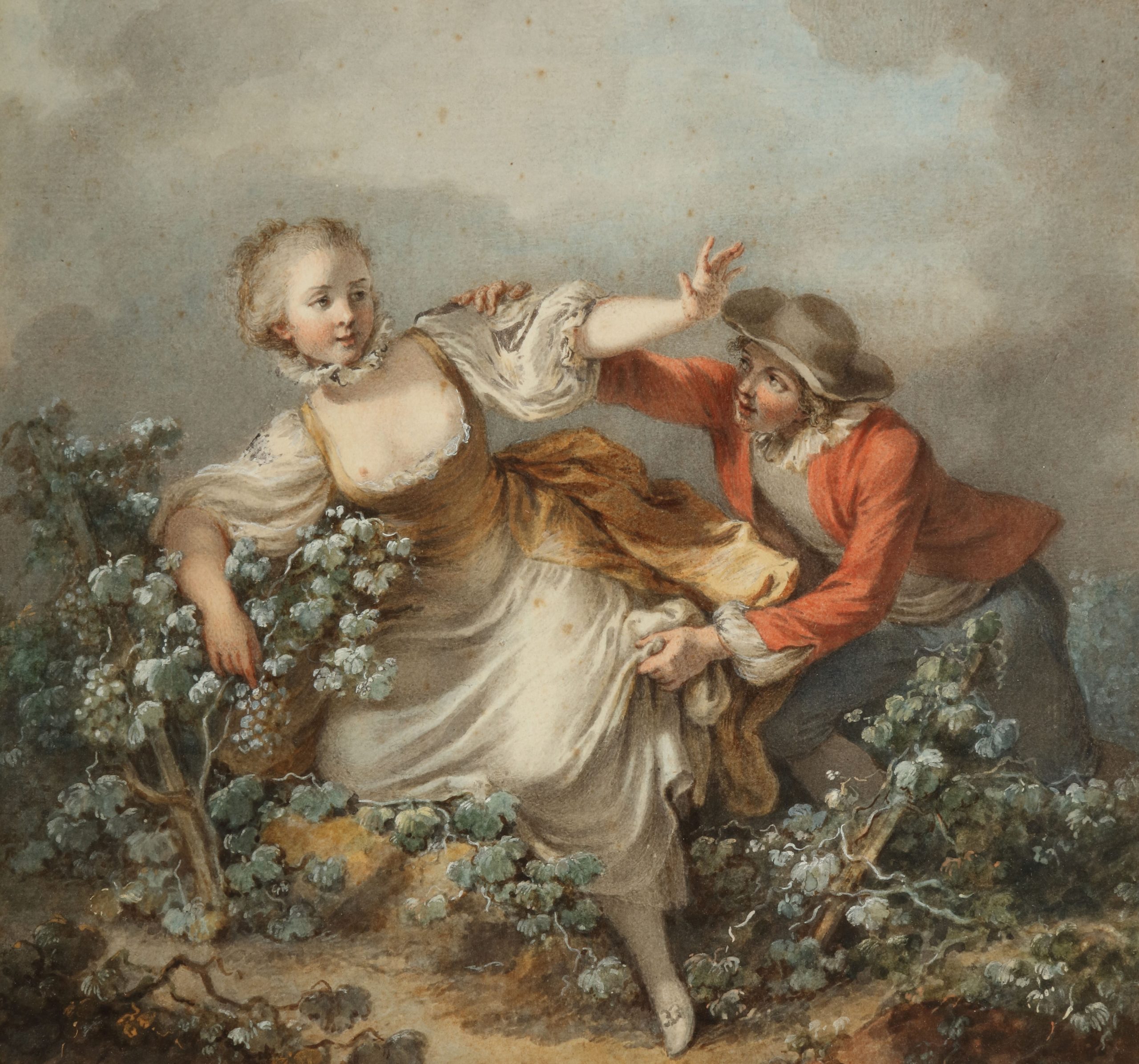June 17 – September 11, 2022

Jacques Philippe Caresme (French 1734-1796), La Petit Therese, 18th Century, Gift of Drs. Yolanta and Isaac Melamed, Collection of Oglethorpe University Museum of Art
This exhibition illustrates the fine and decorative arts of 18th century Rococo France and beyond through the examination of porcelain and works on paper.
While these objects exemplify the artistic brilliance of the era, they also emphasize the lack of social morals on the part of the upper class. The aristocracy and nobility of this age preferred to indulge in visual and physical pleasures while most men, women and children were left with few if any systems of social welfare. The great divide between rich and poor laid the seeds for revolution in which the “Ancien Régime” would eventually fall at the hands of the masses.
The Rococo period is marked by a distinct reaction against the Baroque period which prized oversized rigid grandeur in a masculine style. The Rococo era emphasized works of art that were asymmetrical, atmospheric, and feminine.
Works on paper by artists such as Jacques Philippe Caresme and Jean Baptiste Pillment will be juxtaposed by superb examples of 18th-century works of porcelain from the great Sevres factory. German counterparts of porcelain by Meissen will also be included to illustrate the great rivalry between the wealthy in their quest for pleasure and decadence.
The Rococo period was also deeply influenced by artistic and cultural elements of the Far East. The rulers of various 18th century German principalities such as Augustus the Strong of Saxony and Frederick the Great of Prussia were greatly enamored with all things Far Eastern. Frederick’s magnificent Chinese Tea Pavilion in Potsdam is a masterpiece of Rococo architecture and design. However, this magnificent creation also illustrates how very little was truly known of Chinese and Japanese art and culture in the mid 18th century. A few decades before Frederick began construction on the Chinese Tea Pavilion, August the Strong of Saxony was developing what would become an outright obsession with Japanese and Chinese porcelain resulting in the great factory now known as Meissen. Works of art in the exhibition illustrate the lasting effects of both Frederick and Augustus on the Rococo period in Europe.
Co-curated by John Daniel Tilford and Dr. Jay Lutz.

